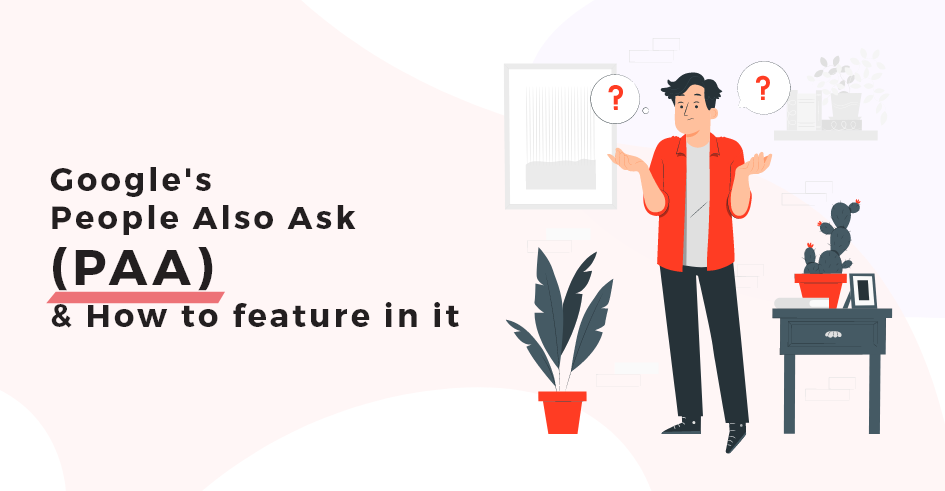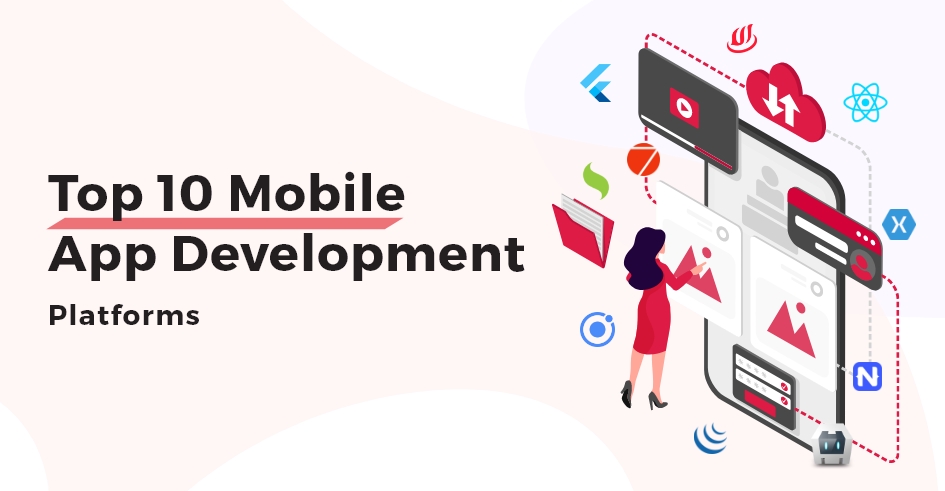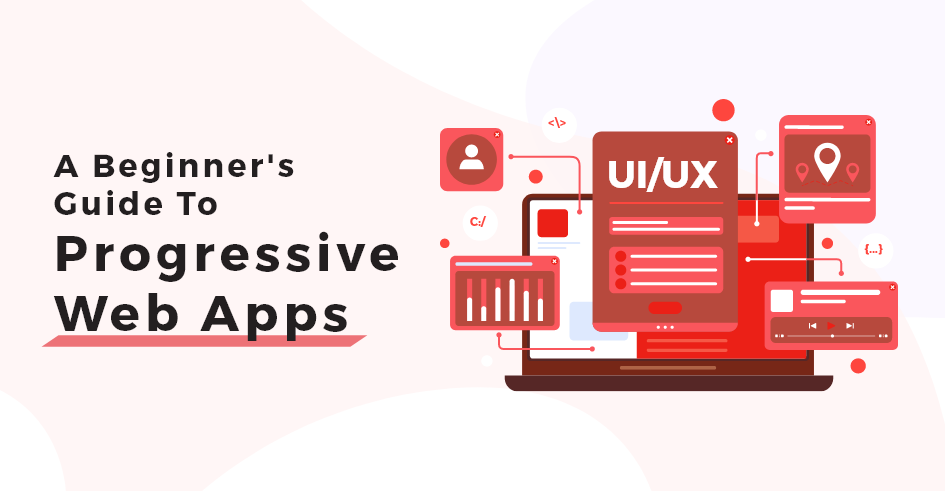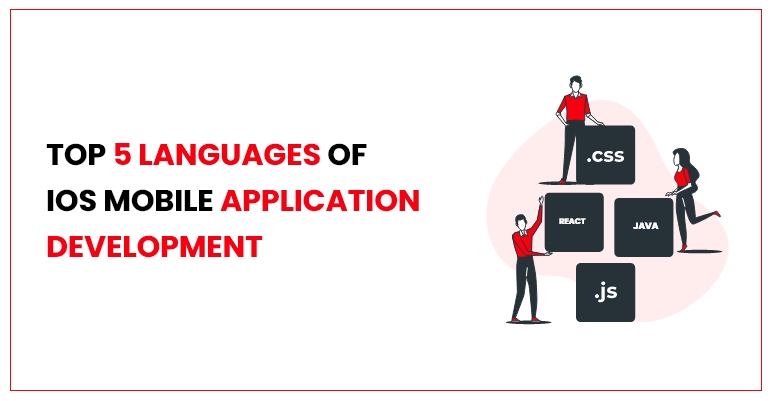Step into the world of Google’s “People Also Ask” (PAA), a feature changing how we search online. PAA isn’t just about getting answers; it’s about diving into a sea of related questions. In this blog, we’ll explore what makes People Also Ask tick, explain the Google answer box, and guide you on how to make your content catch the eye of the PAA box. Let’s take a journey into the simplicity of Google’s People Also Ask and understand how to get noticed in this search feature.
What is “People Also Ask”?
Google introduced the People Also Ask (PAA) box in 2015. It is an interactive SERP feature that appears as part of a search result.
People Also Ask (PAA) is a feature on Google’s Search Engine Results Page (SERP) that provides users with additional questions related to their original search query. Each question in this section typically comes with a featured snippet, offering a quick and concise answer.
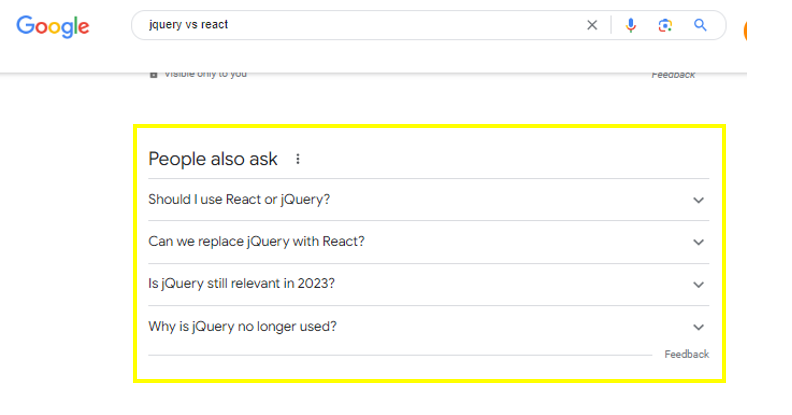
How Does People Also Ask Work?
In the People Also Ask block, you’ll find answers from various web pages. These answers can take different formats, such as paragraphs, lists, tables, images, and occasionally videos. Clicking on a particular question expands the list, revealing even more related queries.
Why is “People Also Ask” Important?
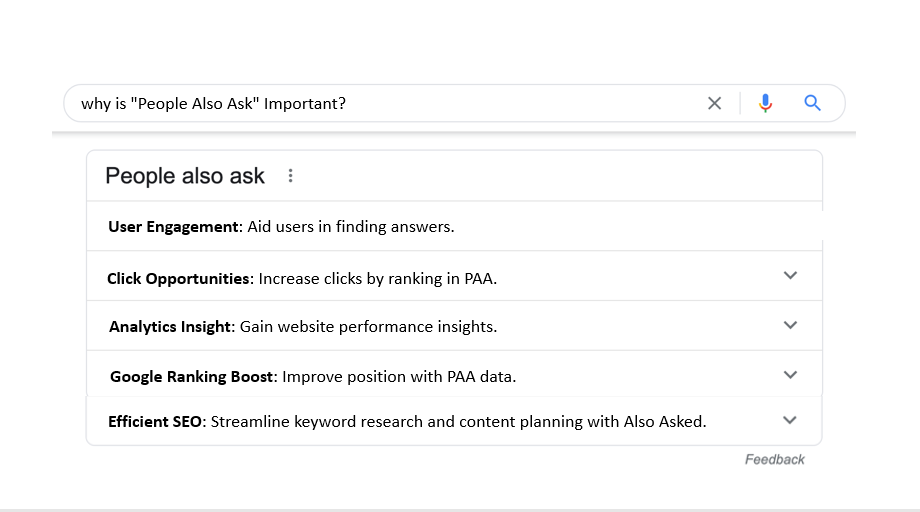
For Users:
People Also Ask is crucial for users as it helps them discover answers to questions closely linked to their initial search queries. It serves as a valuable resource for those who struggle to express their queries accurately or lack confidence in what they’re searching for. Discover more about the benefits of People Also Ask and how it can enhance your SEO strategy at TechnBrains.
For website owners:
“People Also Ask” is significant for website owners because it provides an opportunity for additional clicks from the SERPs. If a website ranks in the first few lines of “People Also Ask,” it can attract extra clicks.
- Analytics for Your Website: Gain valuable insights into your website’s performance with analytics data.
- Google Ranking Boost: Enhance your position on Google by leveraging People Also Ask data directly from Google. Understand what users expect on your page to fulfill their intent.
- Access to ‘Zero Volume’ Keywords: Discover the questions behind the 15% of daily Google searches that are entirely new. Also, Asked uncovers “longtail” keywords, many of which report “0” search volume, giving you a competitive edge.
- Helpful Content & EEAT: Understand user pain points and questions to produce content that builds Experience, Expertise, Authority, and Trust (EEAT).
- Time-Saving: Streamline your keyword research with Also Asked, saving significant time in the process. Export images to writers or conduct Bulk Searches efficiently.
- Programmatic SEO and API Integration: Pro Users gain access to our API, enabling seamless integration of live People Also Ask data with apps and tools through webhooks. Scale your SEO efforts with integrations like ChatGPT.
- Easy Content Planning: Whether you’re a content creator, copywriter, or SEO professional, Also Asked provides valuable insights for easy content planning. It’s your recipe for any topic.
- Competitive Advantage with New Queries: People Also Ask for updates rapidly. Stay ahead with new PAA questions, often appearing within hours of big news breaking. This agility gives you a competitive advantage over other keyword tools.
Additionally, People Also Ask serves as a useful source for keyword and topic ideas during SEO keyword research. The results can inspire new blog topics or be used as subsections within a larger article.
How to Rank in “People Also Ask” Boxes
Achieving a spot in People Also Ask boxes involves similar optimizations to ranking in featured snippets.
- Provide a Short Answer Immediately: To increase the chances of being featured, offer a brief 2-3 sentence answer at the beginning of your content. Google may use this concise response in a featured snippet, or People Also Ask box.
- Opt for Lists Over Tables: While People Also Ask boxes can include tables, it’s advisable to use lists whenever possible. Google sometimes struggles to display tables correctly, so opting for lists enhances visibility.
- Incorporate Questions in Subheaders: Utilize questions in subheadings to signal to Google that a specific section directly answers a question. Even if it means sacrificing a more engaging subheader, the goal is to optimize for People Also Ask.
- Optimize Images: Since People Also Ask blocks may include images, ensure your visuals are well-described. Use descriptive alt texts informative file names, add captions, and utilize surrounding text to provide context for the images.
How do you make people also ask?
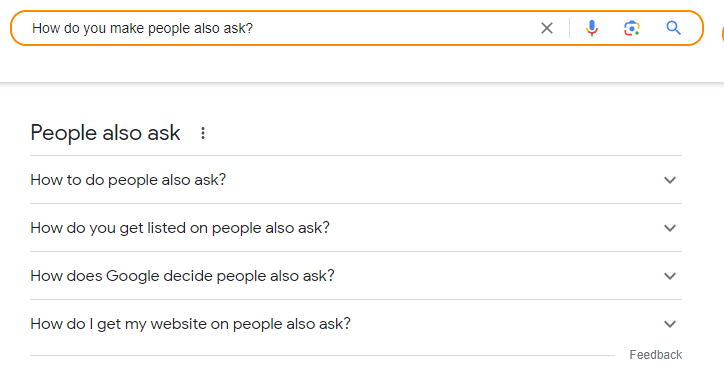
Follow the 5 points below to get your content into people also ask:
- Strategic Topic Selection
- Craft Questions and Answers in Your Content
- Curate a List of Common PAA Questions
- Optimize Headlines for Crawl Bots and Users
- Start Simple, Then Dive Deeper
5 Proven Tips to Make It to the Google’s People Also Ask Section
The People Also Ask section involves strategic topic selection, thoughtful content formatting, compiling relevant questions, optimizing headlines, and providing in-depth yet accessible content. Implementing these tips positions your content for potential inclusion in the PAA box, enhancing visibility and authority across relevant SERPs. Let’s explore five proven tips to boost your chances of ranking in the People Also Ask section.
1. Strategic Topic Selection
Choose your topic with precision. The goal is to align your content with the queries your target audience is seeking answers to. Thoughtfully pick keywords relevant to your content creation strategy. Identify questions that competitors might be overlooking. Scan the PAA box for potential fits that resonate with your brand or website. Ensure your chosen topics seamlessly integrate with the keywords you’re already targeting in your overall SEO campaign.
2. Craft Questions and Answers in Your Content
Formatting plays a crucial role in PAA ranking. Develop blog posts and standalone pages, like FAQs, incorporating questions followed by pertinent answers akin to those found in a PAA box. Ensure your answers are clear, concise, and articulated in everyday language for user comprehension. Stick to factual and on-topic responses, avoiding promotional or sales-oriented language. This format enhances user experience, aligning with Google’s preference for content that is easy to understand.
3. Curate a List of Common PAA Questions
Google often selects the same source for a specific PAA snippet. Leverage this by compiling a list of frequently asked questions related to essential search queries. Consider alternatives associated with these questions. Brainstorm ways to provide clearer, more insightful answers than those currently available. The PAA box serves as a valuable source for generating content ideas.
4. Optimize Headlines for Crawl Bots and Users
Headlines play an important role in attracting Google’s attention. Craft descriptive headlines containing well-chosen keywords. Ensure the entire content is easily understandable by using descriptive headings and subheadings to organize information. Google favors user-friendly content structured in this manner, making it essential for both crawl bots and human users.
5. Start Simple, Then Dive Deeper
Structure your content to align with Google PAA box requirements. Begin with a concise introductory paragraph covering the basics of the topic. This introductory section should provide a quick overview of the information you will explain further in the blog.
Follow this with deeper exploration in subsequent paragraphs, addressing potential concerns users might have about the topic. For instance, if addressing the custom software development costs 2024, briefly outline factors that will affect the cost of custom software development before delving into related considerations.
While maintaining a natural writing style, ensure you cover essential questions visitors might pose. Balancing thorough coverage of potential search intent increases the likelihood of your content being recognized as an authority source.
3 Tools to Boost Your SEO Game and Shine in Google’s People Also Ask Section
In the ever-changing world of online visibility, it’s essential to use tools that align with Google’s guidelines. This is especially true when aiming to rank in People Also Ask (PAA), a sought-after spot on Google’s Answer Box. Let’s explore three user-friendly tools that can help you refine your SEO strategy and make a mark in the People Also Ask section.
Tool #1: Google Trends
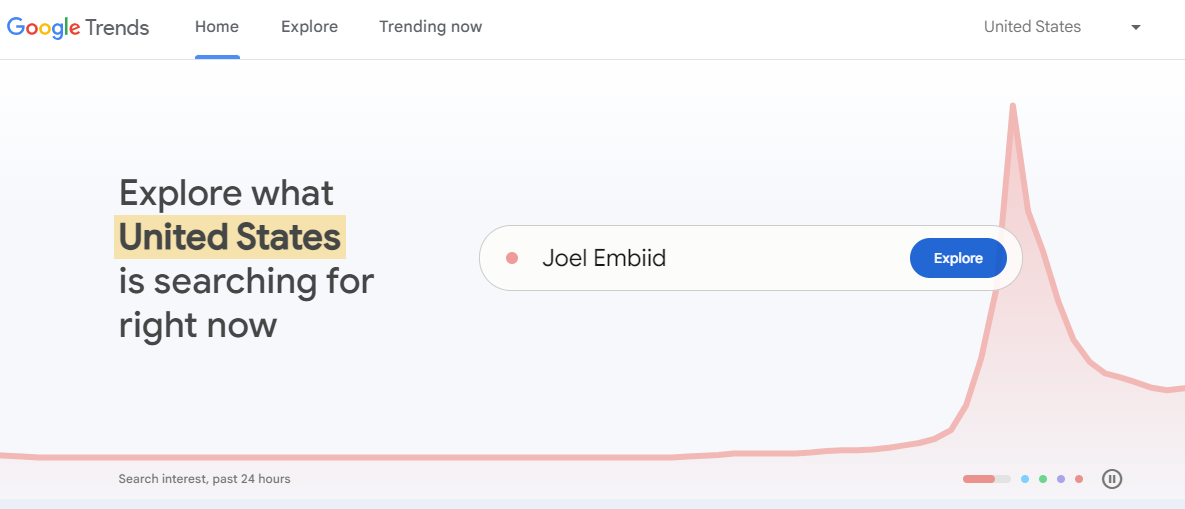
Google Trends is a handy tool that allows you to delve into the data behind People Also Ask (PAA) boxes. It helps you gauge the interest levels in specific queries, whether they are always in demand or seasonal. Best of all, it’s free!
To use Google Trends effectively, simply input your keywords and study the graph that shows interest over time. This tool lets you focus on keywords that are currently buzzing around the globe. Features like Trending Searches, Realtime Search Trends, and Daily Search Trends provide a snapshot of what’s catching people’s attention.
For example, I searched the keyword “AI App Trend” in Google Trends. It showed me the Realtime Search Trends, and Daily Search Trends provide me a snapshot of what’s catching people’s attention. Look at the picture below:
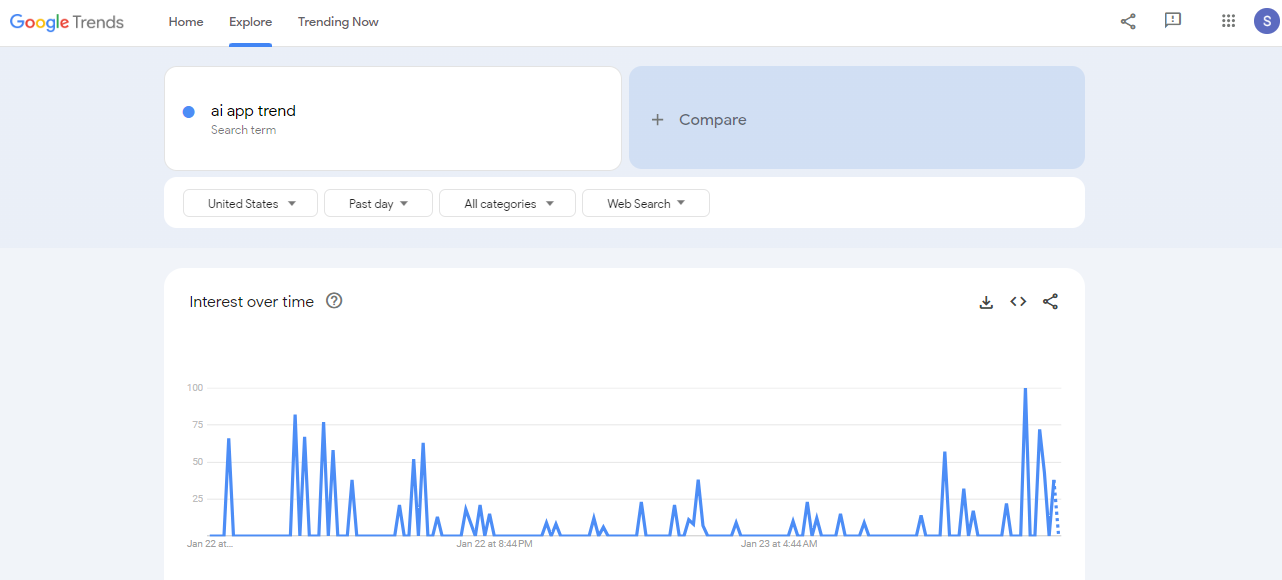
I can also compare two keywords, even three or more, to create an interesting keyword cluster for my blog. Look at the picture below:
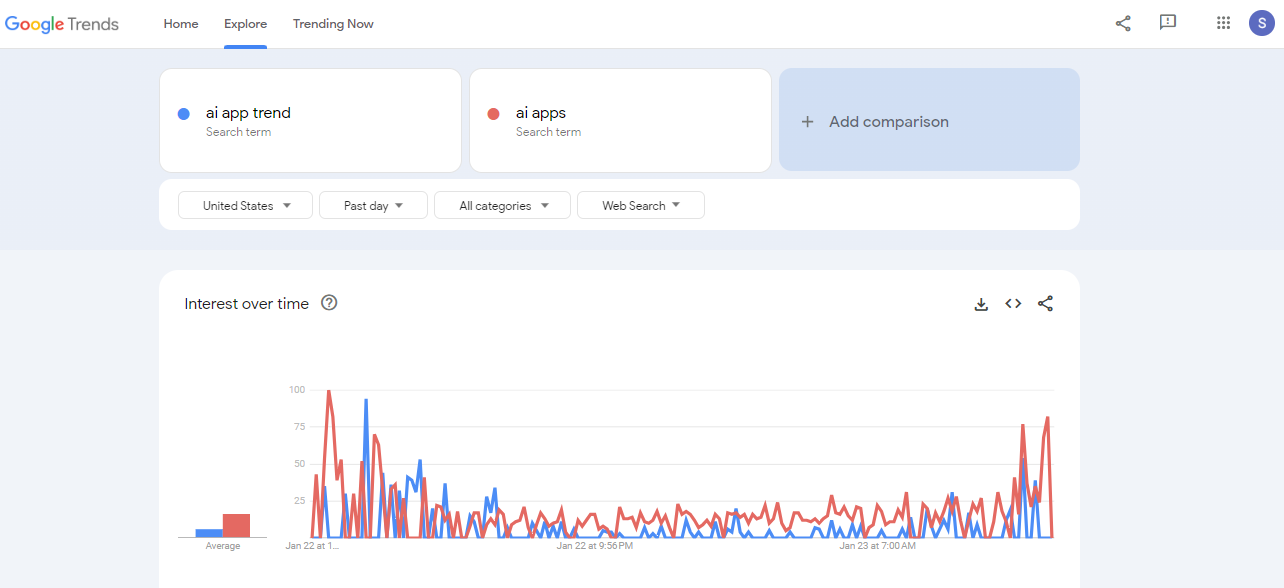
Google trends also let you research your keyword according to Compared breakdown by sub region, Interest by sub region and Related queries.
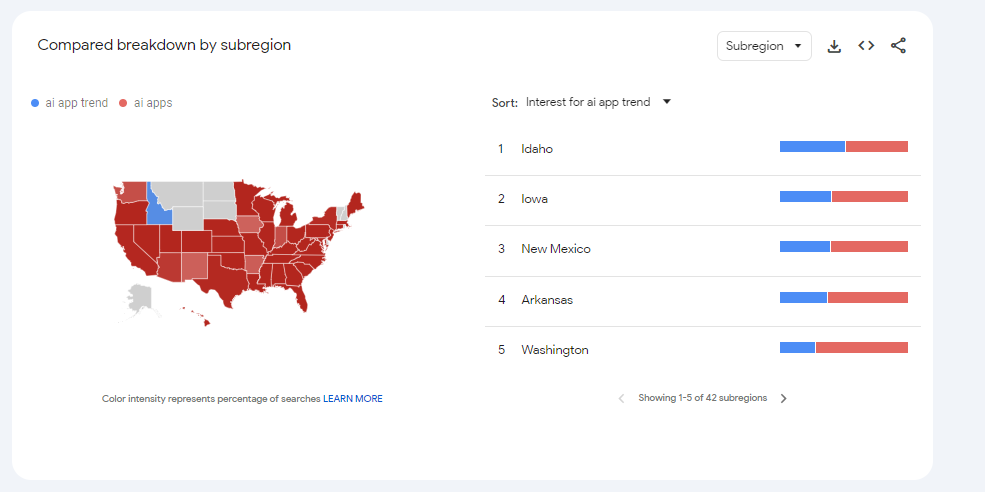
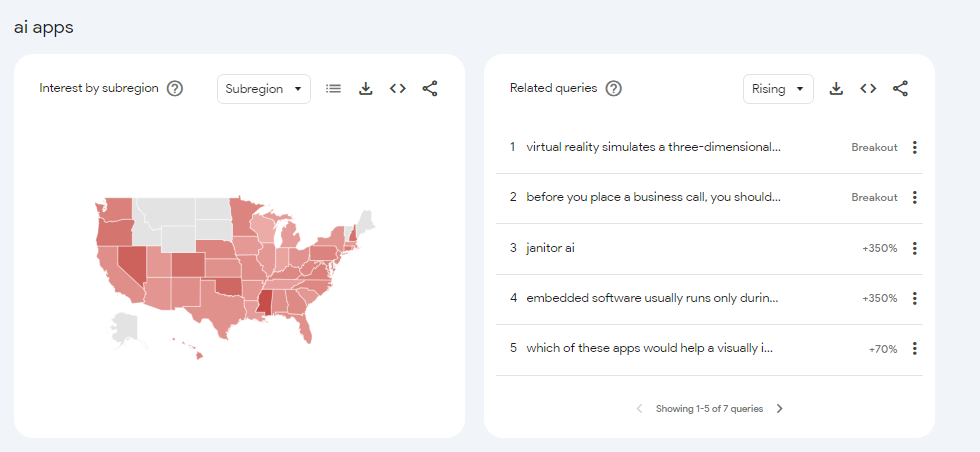
Tool #2: SEMRush – Position Tracking
SEMRush’s Position Tracking tool offers a broader view of Search Engine Results Pages (SERPs) based on your chosen keywords. For those eyeing a spot in People Also Ask, this tool is a game-changer. It helps you make informed decisions about keywords and their potential impact on the SERP.
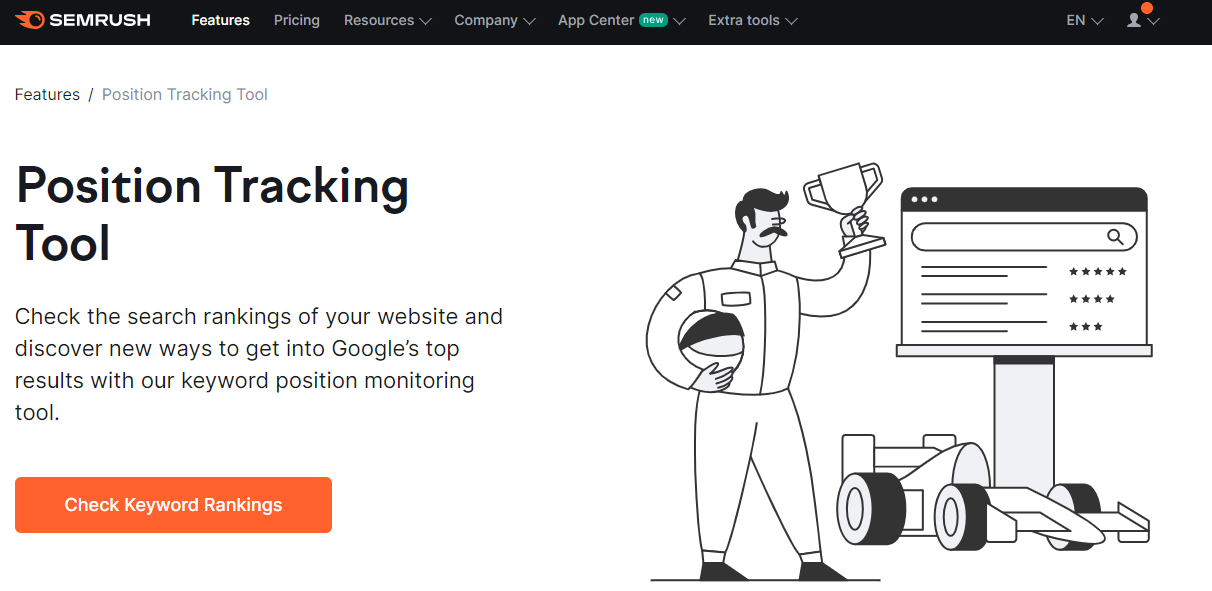
To make the most of Position Tracking, set it up to include Top Stories and Local Pack features. The tool’s SERP Features column then shows you which SERP features are triggered by your targeted keywords.
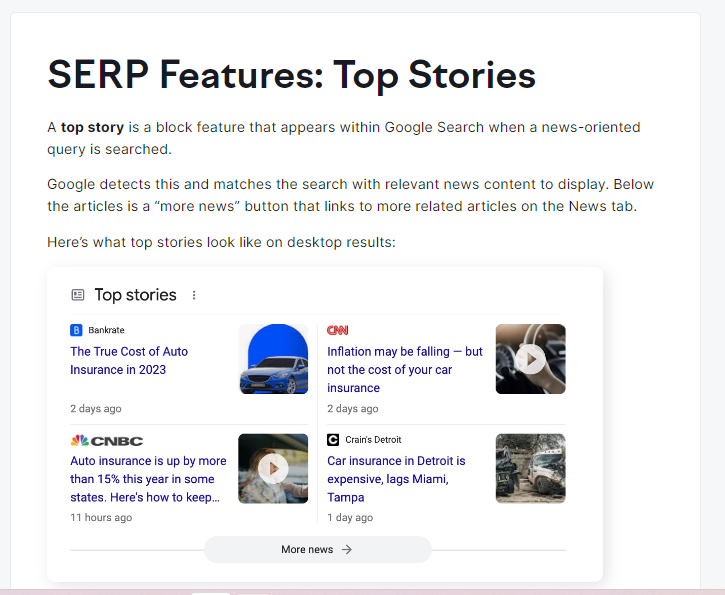
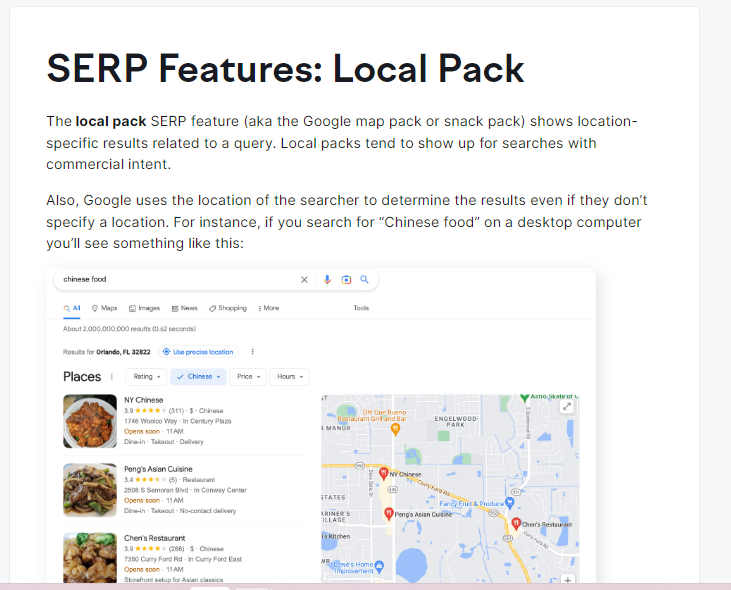
Tool #3: AlsoAsked.com
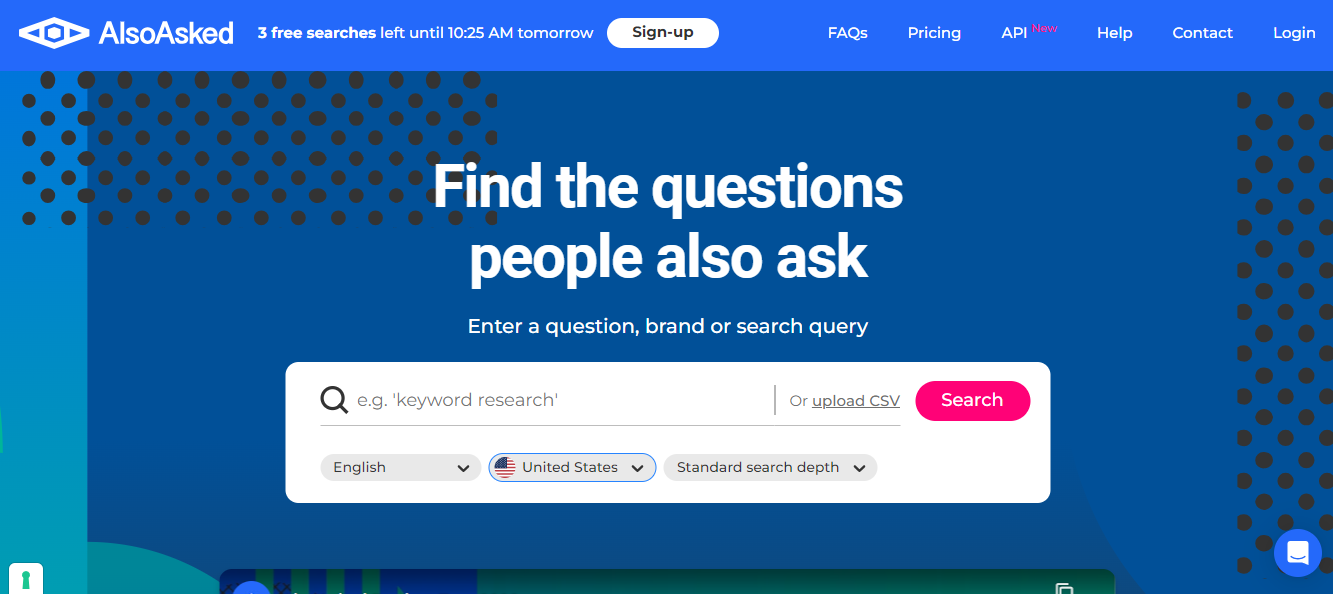
When you need inspiration for creating content that fits People Also Ask queries, AlsoAsked.com is your go-to tool. It pulls data directly from Google, showing results that appear when a question is clicked.
This tool is a treasure trove for generating content and headlines. It provides ideas for questions and phrases that could trigger a People Also Ask table. Make sure to choose the People Also Ask feature to get the most out of this straightforward and effective tool.
Let us search “Software Development Process” using AlsoAsked, here is what it gave me:
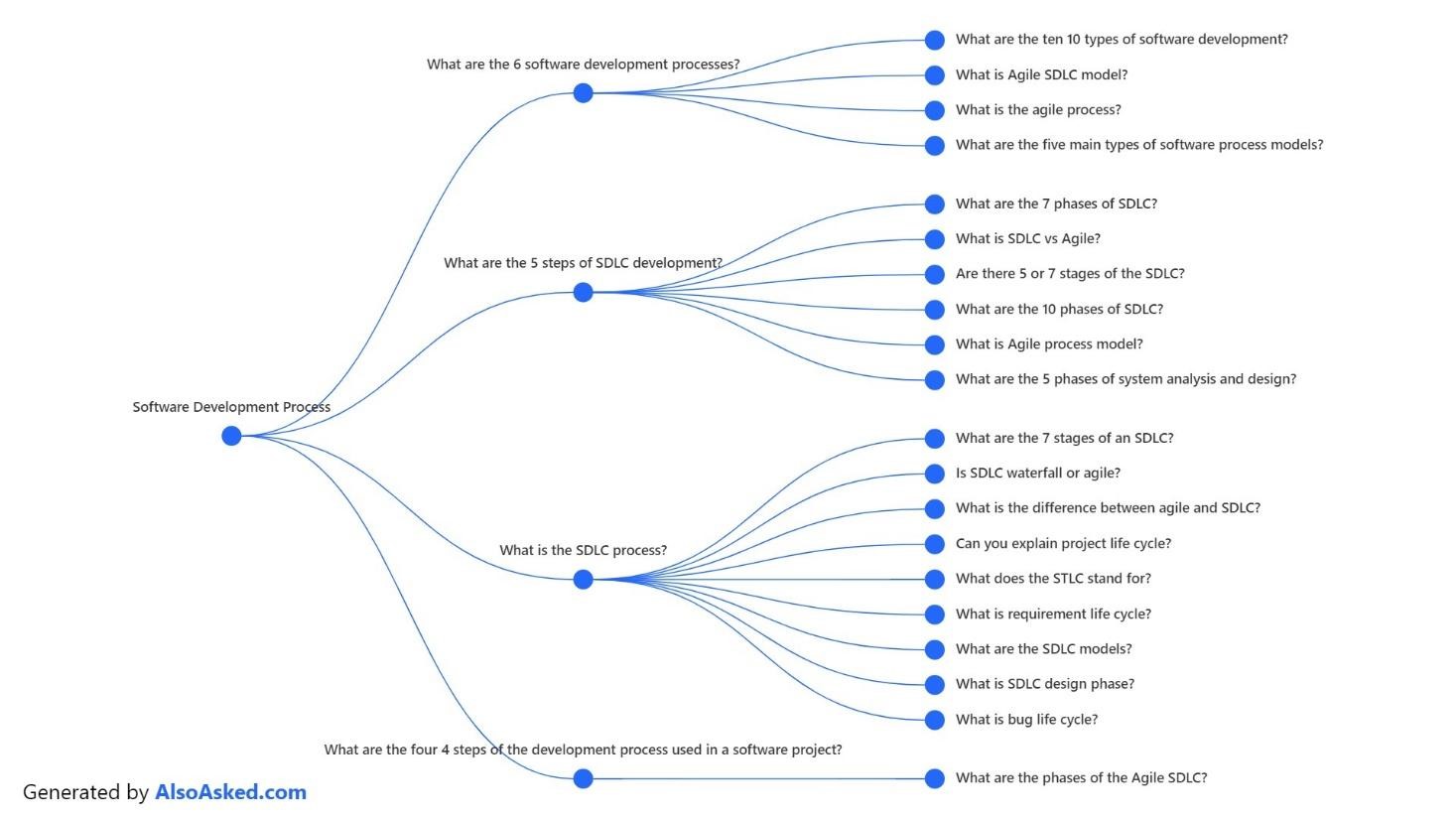
Bringing Your SEO Strategy Up to Speed
As elements like People Also Ask evolve, it’s vital to align your SEO strategy with these shifts. Google consistently seeks new ways to enhance user experiences, emphasizing the need for businesses and marketers to stay at the forefront of industry changes.
People Also Ask SEO is the key to unlocking additional visibility, and TechnBrains is your guide to making it work for you. A thriving SEO strategy isn’t a one-time effort but an ongoing adaptation to search engine dynamics. To gauge the maturity of your SEO strategy, consider our brief maturity assessment at TechnBrains – Digital Marketing Services. Uncover insights into your strategy’s strengths, pinpoint areas for improvement, and explore essential enhancements for a comprehensive approach to SEO. Stay agile and flourish in the ever-changing landscape of online visibility!
Conclusion
In a nutshell, Google’s “People Also Ask” (PAA) transforms the search game. It’s not just about answers; it’s a journey into interconnected questions. Recap: Google PAA helps users with more questions linked to their search. For website owners, it means more clicks if you’re in the initial “People also ask” lines.
Key Takeaways
- For Users:
- Helps find answers related to the initial search.
- Ideal for those struggling to phrase queries.
- For Website Owners:
- A chance for extra clicks from SERPs.
- Insights through website analytics.
- Boost in Google ranking by using PAA data.
- Access to new keywords with Also Asked.
- Content ideas for SEO keyword research.
- Easy content planning with Also Asked.
- Competitive edge with quick updates in PAA questions.
FAQs
What does people also ask mean?
Google’s People Also Ask (PAA) feature displays additional related questions and quick answers to your original search query. Each question in the PAA section comes with a featured snippet for that query.
How do I get to the people also ask section of Google?
To rank in a PAA box, your content must have the most relevant answer for your target query. If your content doesn’t show up at the top of search results for your target query, you need to create new content to rank on that SERP.
How does people also ask work in Google?
Google’s People Also Ask is a SERP feature that displays questions and answers related to a search query. It helps users explore more questions related to their original query. The answers are pulled from relevant websites and presented as snippets with a link to the original website.
How to Optimize for People Also Ask (PAA)?
- Be Concise: Provide brief and direct answers to user queries.
- Format Effectively: Use lists and headers for organized content.
- Address Follow-Up Questions: Anticipate and answer related queries.
- Use Natural Language: Write in a conversational tone for user understanding.
- Ensure Relevance: Address the user’s query accurately and comprehensively.
- Stay Updated: Research and incorporate current trends into your content.
- Implement Schema Markup: Enhance content structure with schema markup for better visibility.
- TechnBrains SEO: Use SEO Services from TechnBrains to Optimize for People Also Ask (PAA)
How to feature in people also ask?
- Concise Answers: Provide brief, direct responses.
- Use Lists and Headers: Organize content for easy scanning.
- Address Follow-Up Questions: Anticipate and answer related queries.
- Conversational Tone: Write in a natural, conversational style.
- Accuracy is Key: Ensure content is relevant and accurate.
- Stay Current: Keep up with trends for timely content.
- Implement Schema Markup: Use schema markup for additional context.
- Optimize your content for People Also Ask to enhance visibility and engagement.


